The ancient stone corridors of an Italian monastery, once filled with the solemn chants of Benedictine monks, have taken on a new role in the digital age. A 12th-century abbey nestled in the hills of Tuscany has become the unlikely epicenter of a groundbreaking agreement between the Catholic Church and the music streaming industry. This unprecedented deal grants exclusive rights to digitally reproduce and distribute Gregorian chants recorded within its hallowed walls—a fusion of medieval tradition and modern technology that's sending ripples through both religious and musical circles.
The Monastery of Santa Cecilia, abandoned for nearly a century before being restored in the 1990s, possesses unique acoustic properties that create what audio engineers describe as "the perfect sacred resonance." When the current resident monks—a small order dedicated to preserving early Christian musical traditions—began recording their daily offices, they inadvertently created what would become the most sought-after authentic Gregorian chant recordings in existence. Record labels soon took notice of these pristine vocal tracks, untouched by modern instrumentation or post-production effects.
What makes these recordings particularly valuable isn't just their technical perfection, but their spiritual authenticity. The monks follow the original 6th-century notation system developed by Pope Gregory I, using pronunciation techniques passed down through oral tradition. Musicologists consider their renditions to be the closest modern approximation to how chants would have sounded during the Middle Ages. This level of historical accuracy has made the monastery's library a goldmine for film scorers, meditation app creators, and even video game developers seeking authentic period music.
The negotiation process itself read like a clash of eras. Streaming executives accustomed to rapid-fire deals found themselves navigating the deliberate pace of monastic life, where decisions are made only after extensive prayer and reflection. Brother Matteo, the monastery's choirmaster and chief negotiator, recounted how business meetings would pause for vespers, with tech moguls unexpectedly joining the monks in prayer. "We weren't just licensing music," one streaming company representative noted, "we were being invited into a centuries-old rhythm of life."
Financial details remain confidential, but insiders suggest the agreement includes both substantial upfront payments and ongoing royalties that will fund the monastery's restoration projects and charitable work. More controversially, the contract specifies that the monks must continue their chanting tradition in perpetuity—a clause that has sparked debate about whether spiritual practices should be tied to commercial obligations. The abbot has defended this provision, stating that their vocation already commits them to daily prayer, and the arrangement simply ensures the tradition's preservation.
Early releases from the catalog have shattered streaming records for classical and spiritual music. The complete Office of Tenebrae, recorded during Holy Week with the monastery's famous echo that lasts precisely 7.5 seconds, became the first liturgical work to trend on a major platform. Neuroscientists have begun studying these tracks, noting how the combination of pure vocal tones and the unique reverberation patterns of the stone chapel produce measurable effects on brain activity associated with relaxation and focus.
Not everyone has welcomed this development. Traditionalists within the Church worry about commercializing sacred music, while some ethnomusicologists argue that removing these chants from their liturgical context diminishes their cultural meaning. The monks have responded by limiting commercial use—no advertisements may feature the chants, and the recordings cannot be remixed or sampled without approval. Additionally, they insist on including explanatory notes about each chant's spiritual purpose in the metadata.
The monastery has become an unlikely pilgrimage site for audio engineers and producers seeking to capture its mystical acoustics. Special recording sessions are now booked years in advance, with strict rules maintaining the space's sacred character. Visitors describe the surreal experience of watching bearded monks in woolen habits consult with sound technicians about microphone placement, all while maintaining the ancient eight daily prayer times without interruption.
As other religious institutions take note of this successful model, industry analysts predict a wave of similar agreements. Several Spanish cathedrals and Greek Orthodox monasteries are reportedly in early talks about licensing their own distinctive chant traditions. What began as a means of preservation for one small Italian community may well spark a global movement—one that could redefine how ancient sacred music survives and thrives in the digital era.
Beyond the financial implications, this arrangement raises profound questions about cultural ownership and spiritual authenticity in the age of mass digital reproduction. The monks of Santa Cecilia have unwittingly become pioneers in a new kind of evangelization—one where algorithms introduce ancient prayers to listeners who might never set foot in a church. As Brother Matteo reflects, "We've sung these same notes for a thousand years. Now they're reaching ears our founders could never have imagined."

By /Jun 5, 2025
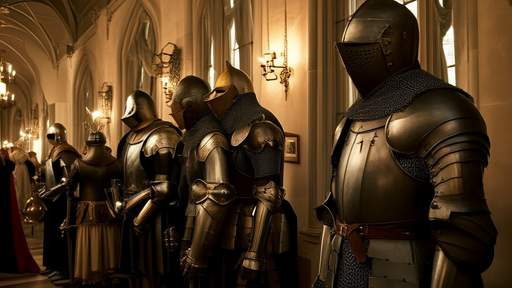
By /Jun 5, 2025
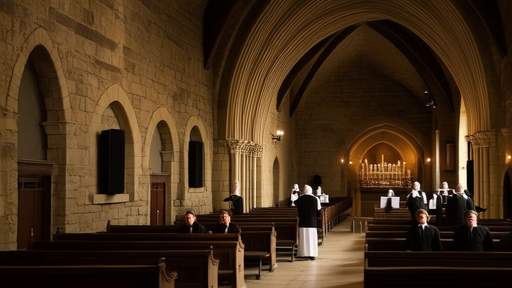
By /Jun 5, 2025

By /Jun 5, 2025

By /Jun 5, 2025

By /Jun 5, 2025

By /Jun 5, 2025
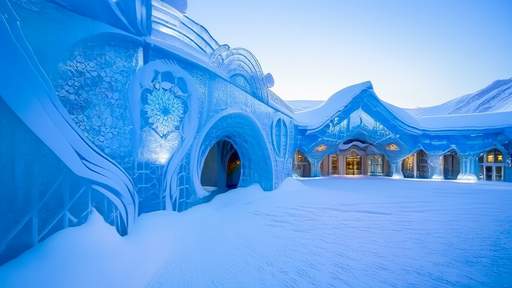
By /Jun 5, 2025

By /Jun 5, 2025

By /Jun 5, 2025

By /Jun 5, 2025
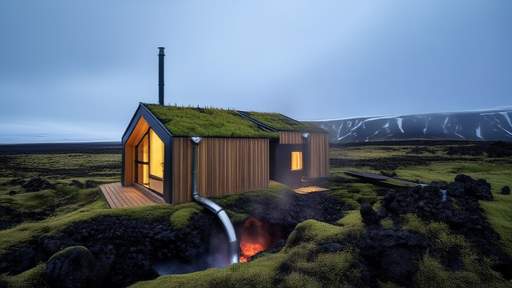
By /Jun 5, 2025

By /Jun 5, 2025

By /Jun 5, 2025

By /Jun 5, 2025

By /Jun 5, 2025

By /Jun 5, 2025

By /Jun 5, 2025

By /Jun 5, 2025
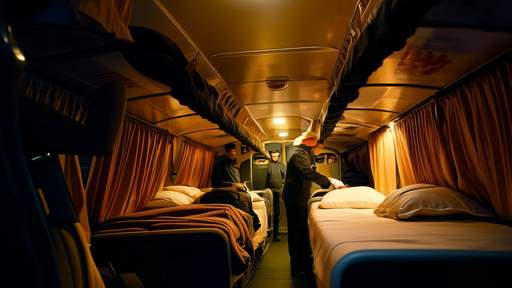
By /Jun 5, 2025